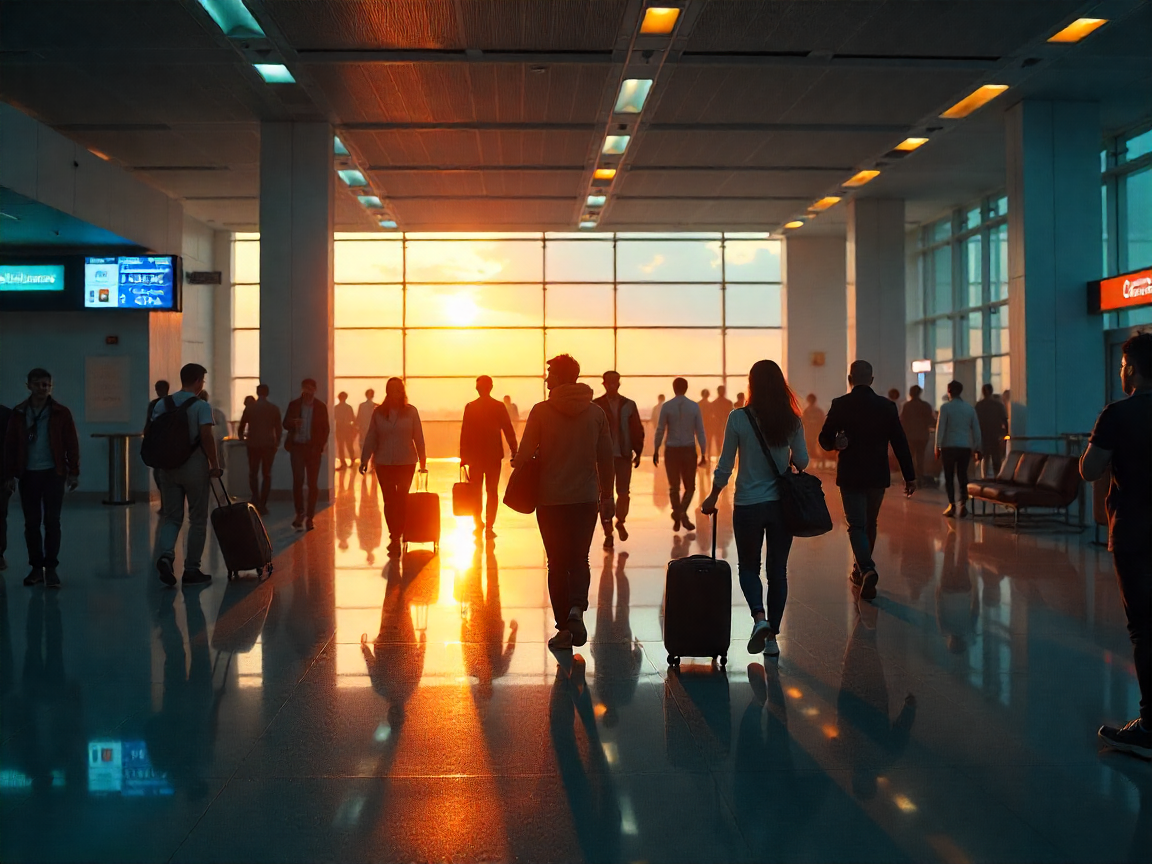Projected Growth in Business Travel Expenditure
Business travel in South and Southeast Asia is poised for a significant boost, with spending forecasted to reach a remarkable USD 679 billion by 2025, as reported by Tumodo. Key players driving this demand include Singapore, India, and Thailand, bolstered by well-frequented regional travel routes, the integration of artificial intelligence in booking processes, and an increasing focus on sustainable travel practices.
Demand Drivers in the Region
The data from Tumodo highlights Singapore capturing an impressive 22% market share in business travel within the region, characterized by an average trip length ranging from 5 to 7 days. This surge in expenditure also correlates with higher accommodation costs in major hubs, a trend expected to shape the future of corporate travel in Asia.
Strong recovery in this sector follows global patterns, with worldwide corporate travel spending predicted to rise by 10.8% from USD 1.48 trillion in 2024 to USD 1.64 trillion in 2025. This boost is particularly evident in the Asia-Pacific market, which is forecasted to close the year with USD 679 billion in business travel, driven not only by longer trips but also by advancements in technology and an increased emphasis on sustainable priorities.
Leading Countries in Business Travel
According to the report, the business travel landscape is predominantly led by:
- Singapore: 22%
- India: 20%
- Thailand: 15%
Other contributing nations include Indonesia (13%), Malaysia (10%), Vietnam (8%), the Philippines (7%), and Bangladesh, collectively accounting for the remaining share.
Busiest Travel Periods
The months of April and May emerge as peak travel periods, fueled by post-Ramadan movements, key industry events, and freshly allocated corporate budgets, creating an active travel climate across these nations.
Major Travel Corridors
With a robust network of travel corridors, significant routes have been identified, such as:
- Kuala Lumpur–Singapore
- Bangkok–Singapore
- Denpasar–Singapore
- Manila–Singapore
Furthermore, international travel routes including Bangkok–Seoul and Bangkok–Hong Kong also contribute to the region’s busy travel landscape. Singapore, alongside Bangkok and Dubai, remains a pivotal gateway for both intra-Asia travel and intercontinental business exchanges.
The Affordability Factor
A deep dive into pricing reveals that domestic routes within India, such as Ayodhya to Delhi and Kochi to Bengaluru, remain quite affordable, averaging less than INR 6,000. In contrast, premium long-haul journeys, for example, from Mumbai to London in business class, exhibit a wider price range, fluctuating between USD 2,000 to 2,200.
Accommodation Trends
While fares globally fell by 1.8% in the first half of 2025 due to lower jet fuel prices and competition, accommodation costs in the Asia-Pacific region saw a rise of 3-5%. Notably, luxury hotel prices in Singapore and Bangkok climbed as much as 6.5%, indicating a market that adapts quickly to shifting demands.
Airline Preferences
Within India, IndiGo is noted as the preferred carrier for domestic travel, while globally, major airlines like Qatar Airways, Emirates, Singapore Airlines, and Cathay Pacific continue to dominate, offering excellent connectivity and premium services. Notably, the average trip duration across the region is marked at around 5 to 7 days, with MICE (Meetings, Incentives, Conferences, and Exhibitions) and wellness trips stretching to 6-8 days.
Future Trends and Technology Impact
Looking ahead, Tumodo’s foresight indicates that AI-integrated booking systems are enhancing cost control while minimizing policy infractions and promoting advance bookings. Furthermore, sustainability objectives are increasingly influencing travel choices, as businesses seek greener transportation options and adopt carbon-tracking tools within their travel planning.
Historical Context and Future Implications
Historically, the Asia-Pacific region has experienced a tourism boom due in large part to political and social transformations over the past two decades. The liberalization of trade barriers has paved the way for greater economic growth, remarkably increasing international tourist arrivals in the region. This has driven engagements in both leisure and corporate travel, reflecting a robust and evolving tourism landscape.
Given the projected surge in business travel spending across South and Southeast Asia, the implications for the regional tourism sector are profound. Increased global connectivity and investment in travel infrastructure could play pivotal roles in shaping future travel landscapes.
In summary, the upcoming growth of business travel in Asia presents exciting prospects for regional tourism. With key players making strategic moves in response to emerging trends in travel dynamics, those looking to explore the high seas and pristine shores are given more opportunities than ever. For those keen on sailing or boating adventures, services like GetBoat.com provide a valuable marketplace for yacht and boat rentals, catering to every whim and budget while navigating the flourishing tourism offerings.

 Surge in Business Travel Spending Across Asia by 2025">
Surge in Business Travel Spending Across Asia by 2025">
